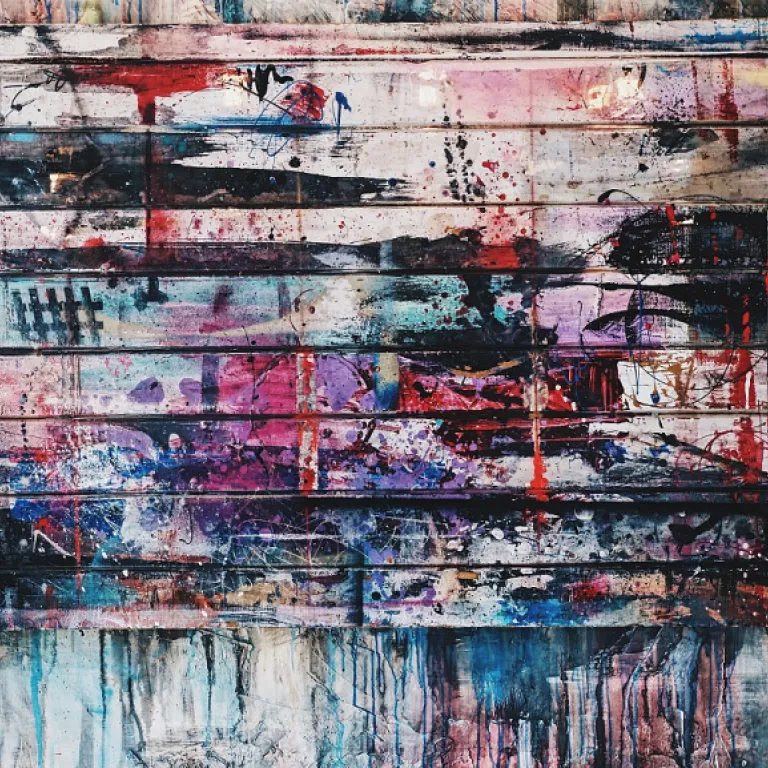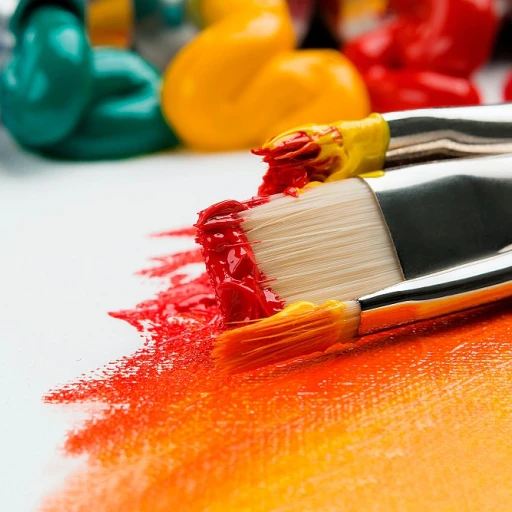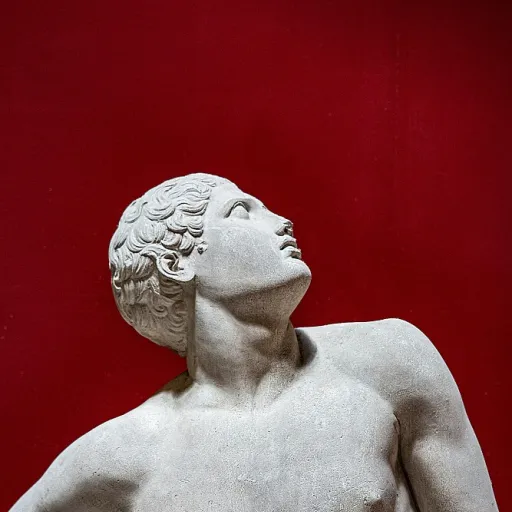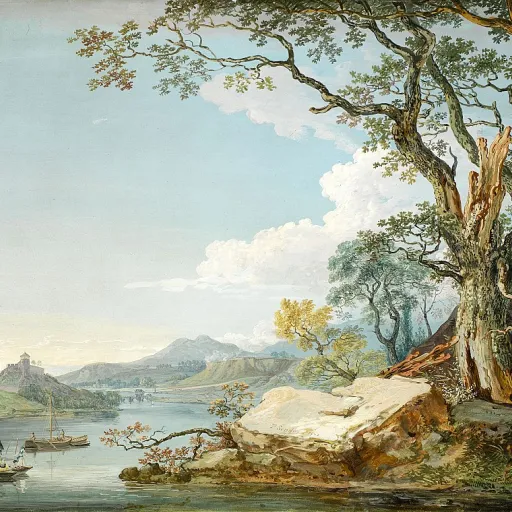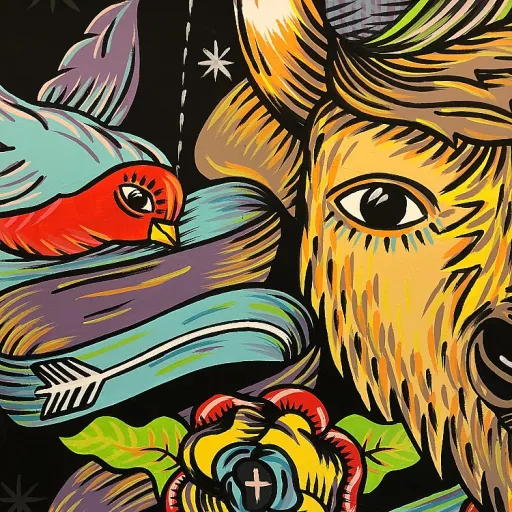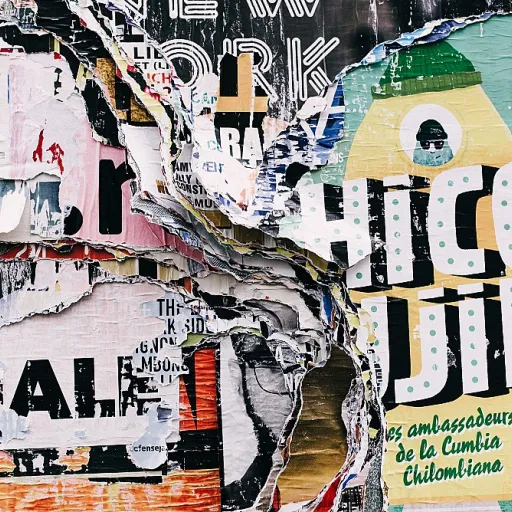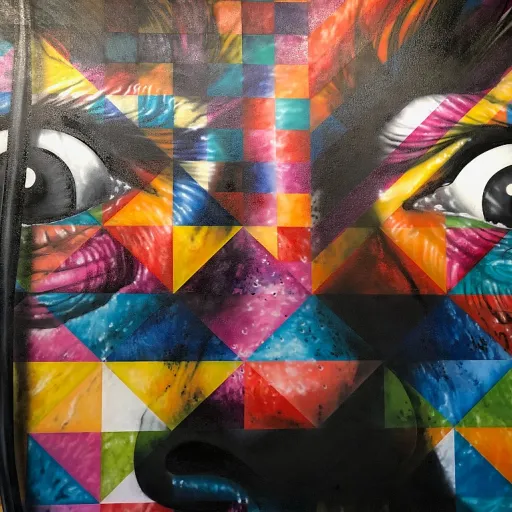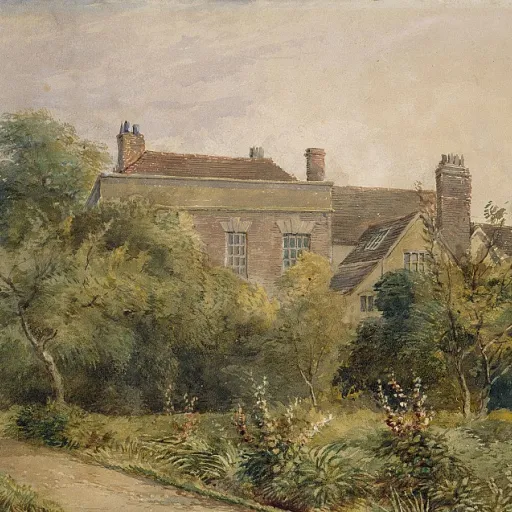-teaser.webp)
The role of brush hair in luxury painting
The Subtle Power of Brush Hair in Luxury Art
In the world of luxury artwork, every detail matters, and the choice of brush hair is no exception. The hair used in a brush—whether it’s natural or synthetic—directly influences the artist’s ability to create fine lines, bold strokes, and delicate washes. For collectors and creators alike, understanding the role of brush hair is essential to appreciating the craftsmanship behind each masterpiece.
Natural hairs such as sable, squirrel, goat hair, and hog bristle are highly prized in fine art. Sable, especially kolinsky sable, is renowned for its spring and ability to form a fine point, making it a favorite for watercolor and oil painting. Squirrel hair, on the other hand, is valued for its softness and capacity to hold large amounts of paint or water, perfect for smooth washes in watercolor brushes. Hog hair, or hog bristle, is robust and resilient, ideal for the textured demands of oil painting and acrylic paints. Even less common options like badger hair, camel hair, and weasel hair each bring their own unique properties to the artist’s toolkit.
Luxury brushes are not just about the type of hair—they’re about the harmony between the brush, the medium, and the artist’s vision. The right brush hair allows for seamless blending, crisp edges, and expressive marks, elevating the final product to a work of art. Whether you shop for red sable brushes for their precision or opt for synthetic brushes for versatility, the choice of hair bristles will shape the outcome of your art.
- Sable and kolinsky sable: Exceptional for detail and control in watercolor and oil painting
- Squirrel hair: Superior for washes and smooth gradients
- Hog hair: Best for heavy-bodied paints and textured effects
- Goat hair and camel hair: Useful for blending and soft backgrounds
For those passionate about the intersection of technique and material, the allure of Van Gogh’s Starry Night on canvas offers a fascinating view into how brushwork and hair selection can define a masterpiece. As you explore the world of luxury brushes, you’ll discover that the right hair brush is not just a tool, but a bridge between vision and reality—a theme that continues throughout the journey of fine art creation.
Types of brush hair used in fine art
Exploring the World of Luxury Brush Hair Materials
When it comes to luxury artwork, the choice of brush hair is a defining factor in both the process and the final result. Each type of hair brings unique properties, making it essential for artists to understand the nuances of these materials before selecting the perfect brush for their medium, whether it’s oil, acrylic, or watercolor.
- Kolinsky Sable: Widely regarded as the gold standard for fine art, kolinsky sable hair brushes are prized for their exceptional spring, fine point, and ability to hold a generous amount of paint. These brushes are especially favored for watercolor and detail work in oil painting, offering unrivaled control and softness.
- Red Sable: Slightly more affordable than kolinsky, red sable brushes still deliver impressive quality and are often chosen for their balance of resilience and smooth application. They are a popular choice for both watercolor and oil artists seeking a premium product.
- Squirrel Hair: Known for its remarkable capacity to hold water and paint, squirrel hair brushes are a staple for watercolorists. Their natural hairs create soft, flowing washes, making them ideal for broad, expressive strokes.
- Hog Bristle: For oil painting and heavy-bodied acrylic paints, hog hair brushes are unmatched. Their stiff, robust bristles allow for strong brushwork and textured effects, making them a favorite for impasto techniques and bold strokes.
- Goat Hair: Goat hair brushes are valued for their softness and ability to create gentle blends, particularly in watercolor and calligraphy. They are also used in mop brushes for large washes.
- Badger Hair: Less common but highly respected, badger hair brushes are often used for blending in oil painting. Their unique texture helps artists achieve smooth transitions and subtle gradations.
- Weasel and Camel Hair: Weasel hair is sometimes used as a substitute for sable, offering a good balance of spring and softness. Camel hair, despite its name, is usually a blend of various natural hairs and is typically found in student-grade brushes.
- Synthetic Brushes: Advances in technology have led to high-quality synthetic brushes that mimic natural hair properties. These are increasingly popular for artists seeking cruelty-free options or brushes with specific characteristics for acrylic paints and mixed media.
Choosing the right hair for your brush is not just about tradition—it’s about matching the tool to your vision and medium. The interplay between brush hair and painting mediums, such as those discussed in exploring the elegance of painting mediums in luxury art, reveals how each element contributes to the overall quality and expression of the artwork.
Luxury brushes are more than just tools; they are extensions of the artist’s hand, crafted from the finest natural hair or innovative synthetics. Whether you shop for a kolinsky sable brush for delicate watercolor washes or a robust hog bristle for expressive oil painting, understanding these materials is the first step toward elevating your art.
Selecting the perfect brush for high-end artwork
Finding the Right Brush for Your Artistic Vision
Choosing the perfect brush for high-end artwork is a nuanced process that blends tradition, material science, and personal preference. The quality of hair—whether natural or synthetic—directly influences how paint behaves on canvas, impacting everything from fine point detail to broad, expressive strokes. For luxury artwork, the selection process often involves a careful evaluation of hair type, brush shape, and intended medium.
- Natural Hair Brushes: Sable, especially kolinsky sable, is renowned for its resilience, spring, and ability to form a fine point. Red sable and squirrel hair are also prized for watercolor, offering excellent pigment retention and smooth flow. Goat hair and badger hair brushes provide softness and are favored for blending and washes. Hog hair, or hog bristle, is robust and ideal for oil painting, delivering texture and control with heavier paints.
- Synthetic Brushes: While natural hairs dominate the luxury segment, advances in synthetic brushes have made them a viable option for acrylic paints and artists seeking cruelty-free alternatives. High-quality synthetics can mimic the snap and absorption of natural hair, though discerning artists may still prefer the unique feel of genuine kolinsky or weasel hair.
When selecting a brush, consider the medium—oil, acrylic, or watercolor. For oil painting, hog bristle brushes excel due to their stiffness and durability. Watercolor artists often gravitate toward squirrel hair or red sable for their ability to hold large amounts of water and pigment. Acrylic painters may opt for synthetic or blended brushes that withstand the medium’s fast-drying nature.
Shape matters as much as hair type. Round brushes with a fine point are essential for detail work, while flat or filbert shapes are suited for broader applications. The craftsmanship behind each product, from the way hair bristles are arranged to the quality of the ferrule and handle, reflects the brush’s overall performance and longevity.
For those looking to explore the world of luxury brushes and their impact on urban landscapes, discover more in our in-depth view of watercolor cityscape artists.
Ultimately, the right brush is a personal choice, shaped by the artist’s technique, the demands of the medium, and the pursuit of excellence in every stroke. Many luxury shops offer free shipping on premium hair brushes, making it easier to invest in quality tools that elevate your art.
The craftsmanship behind luxury brushes
Mastery in Every Strand: The Artisans Behind Luxury Brushes
In the world of luxury artwork, the creation of a premium brush is an art form in itself. Each brush is the result of meticulous craftsmanship, where the choice of hair—be it kolinsky sable, red sable, squirrel hair, goat hair, or even hog bristle—directly influences the brush’s performance and the artist’s experience. The process begins with sourcing the finest natural hairs, such as the highly prized kolinsky sable for watercolor brushes or the robust hog hair for oil painting. These natural hairs are selected for their unique properties: resilience, spring, and the ability to form a fine point or hold a generous paint load.
Expert brush makers hand-sort every strand, discarding any that do not meet strict quality standards. This attention to detail ensures that each brush, whether designed for acrylic paints, oil, or watercolor, delivers consistent results. The ferrule, typically made from nickel or brass, is crimped securely to prevent shedding and maintain the shape of the brush. Handles are often crafted from seasoned hardwood, lacquered for durability and comfort, and balanced for optimal control.
- Kolinsky sable: Renowned for its spring and ability to maintain a fine point, ideal for detailed watercolor work.
- Hog bristle: Favored for oil painting, offering strength and stiffness for textured strokes.
- Squirrel hair: Valued for its softness and large paint capacity, perfect for washes in watercolor.
- Goat hair: Used in mop brushes for blending and soft effects.
- Badger hair, weasel hair, and camel hair: Each brings unique characteristics to specialty brushes.
Some luxury brushes combine natural hair with advanced synthetic fibers, creating hybrid products that offer durability and versatility. However, the most exclusive brushes still rely on traditional methods and natural materials, reflecting a heritage of excellence. When you shop for a premium brush, you’re not just purchasing a product—you’re investing in a tool shaped by generations of expertise, designed to elevate every stroke of your art.
For collectors and artists alike, understanding the craftsmanship behind these brushes deepens the appreciation for their role in creating fine art. The care and precision invested in each brush ensure that, whether you’re working with oil, acrylic, or watercolor, your tools will meet the highest standards of quality and performance.
Caring for and maintaining premium brush hair
Essential steps for preserving premium brush hair
Maintaining the integrity of your luxury brushes is crucial for achieving the finest results in oil painting, watercolor, and acrylic art. Whether your collection features red sable, kolinsky sable, squirrel hair, goat hair, or high-quality synthetic brushes, proper care will extend the life and performance of each product.
- Cleaning immediately after use: For oil paints, gently rinse the brush in a suitable solvent, then wash with mild soap and lukewarm water. Watercolor brushes, especially those made from natural hairs like squirrel or red sable, should be rinsed thoroughly with clean water to prevent pigment buildup.
- Shaping and drying: After cleaning, reshape the hair bristles to maintain a fine point or edge. Lay brushes flat or hang them with the hair facing downward to avoid water seeping into the ferrule, which can damage the glue and natural hair.
- Storage considerations: Store brushes in a dry, dust-free environment. Use a brush holder or roll to keep hair brushes separated and prevent the delicate tips of kolinsky, weasel hair, or badger hair brushes from being crushed.
- Special care for natural hair: Natural hair brushes, such as camel hair, goat hair, and hog bristle, benefit from occasional conditioning with a drop of natural oil to keep the hair supple. Avoid harsh chemicals that can strip the natural oils from the hair.
- Inspect regularly: Periodically check for loose ferrules or split hairs. Early intervention can prevent further damage and preserve the quality of your fine art tools.
Collectors and artists who invest in premium brushes often appreciate free shipping and exclusive shop offers, but the true value lies in the longevity and performance of each brush. Whether working with acrylic paints, oil, or watercolor, the right care routine ensures your brushes deliver consistent, high-quality results for every masterpiece.
How brush hair quality impacts the final masterpiece
The Subtle Influence of Brush Hair on Artistic Excellence
In luxury artwork, the quality of brush hair is not just a technical detail—it is a defining factor in the final outcome. Artists working with oil, acrylic, or watercolor paints know that the right brush can elevate their vision, while the wrong one can limit expression. The choice between natural hairs like kolinsky sable, red sable, squirrel hair, goat hair, or hog bristle, and synthetic brushes, directly shapes the texture, precision, and overall finish of a piece.
- Natural hair brushes—such as kolinsky sable, red sable, and squirrel—offer a fine point and exceptional paint retention. This is essential for delicate washes in watercolor or intricate details in oil painting. The spring and resilience of weasel hair and badger hair also contribute to nuanced brushwork, allowing for subtle gradations and expressive strokes.
- Hog hair brushes and hog bristle varieties are prized in oil painting for their strength and ability to move heavy-bodied paints. Their natural split ends hold more product, giving artists a unique texture and bold marks that synthetic brushes often cannot replicate.
- Synthetic brushes have advanced significantly, offering a cruelty-free alternative with consistent performance. However, many luxury artists still prefer the tactile feedback and nuanced control of natural hair brushes, especially for high-end commissions.
The view of the finished artwork often reveals the impact of brush selection. Fine art collectors and connoisseurs can discern the difference in texture, blending, and clarity—attributes influenced by the hair bristles used. For example, a watercolor landscape painted with squirrel hair brushes will display soft transitions and luminous washes, while an oil portrait crafted with red sable or kolinsky sable will show crisp lines and controlled blending.
Maintaining the quality of these brushes is equally crucial. Proper care, as discussed earlier, ensures that natural hairs retain their shape and performance, preserving the artist’s ability to achieve their desired effects. Many luxury shops offer free shipping on premium hair brushes, making it easier for artists to invest in the best tools for their craft.
Ultimately, the mastery of brush selection and maintenance is a hallmark of luxury artwork. The right brush—be it camel hair for delicate washes, goat hair for broad strokes, or a fine kolinsky sable for detail—translates the artist’s intent onto canvas, resulting in a masterpiece that stands apart in both technique and beauty.

